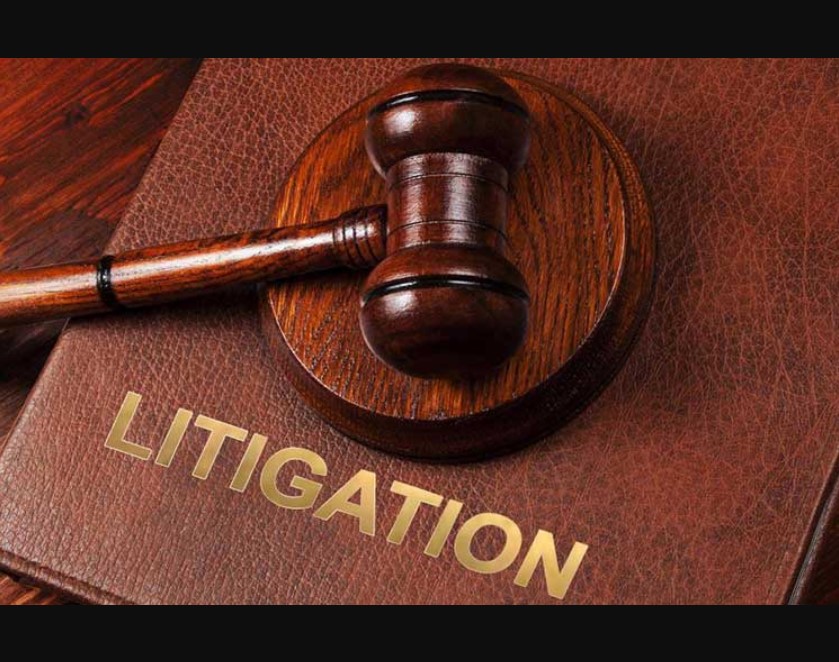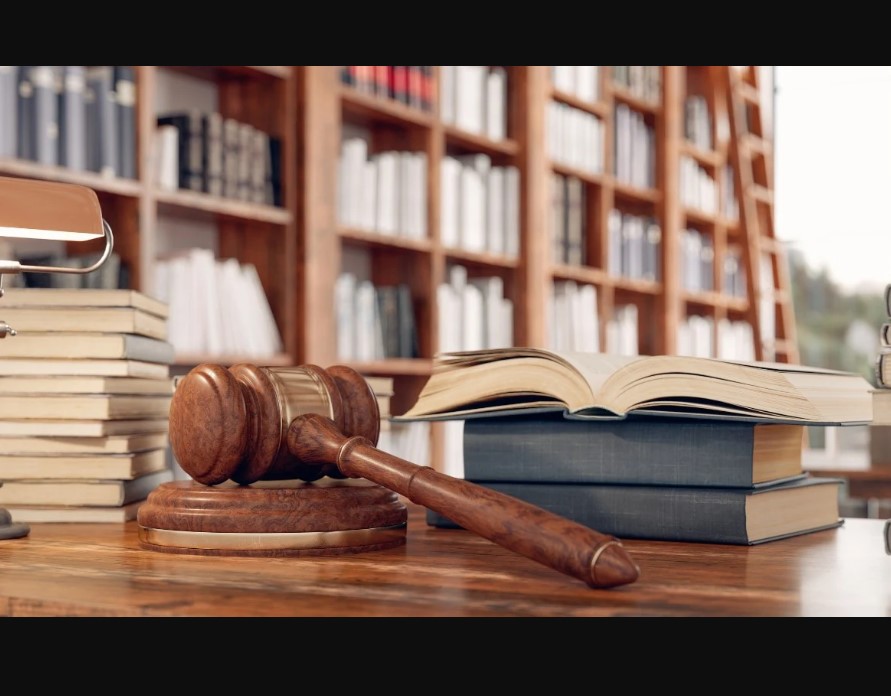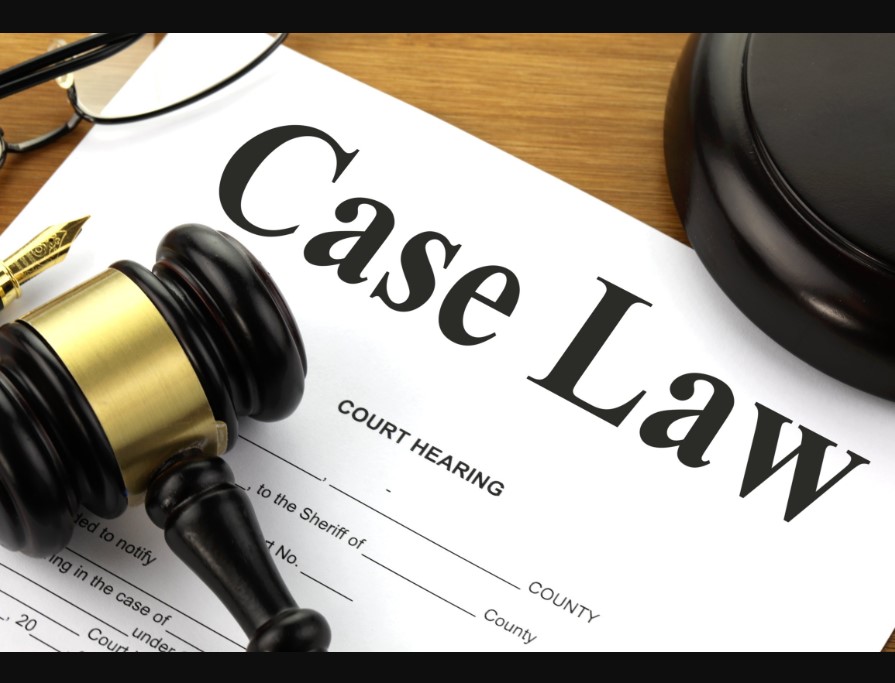
Criminal law is a fundamental area of the legal system that deals with crimes and punishments. It serves as a safeguard for society, defining what constitutes criminal behavior, the appropriate punishment, and the rights of the accused. This article delves into the essentials of criminal law, exploring its purpose, elements, classifications, and procedures.
1. What is Criminal Law?
Criminal law is a body of law that defines prohibited actions which are considered offenses against society, the state, or public welfare. Unlike civil law, which typically deals with disputes between private individuals or entities, criminal law involves actions deemed harmful to society as a whole. For example, crimes like theft, assault, and murder fall under criminal law, and the state takes on the role of prosecuting these actions on behalf of society.
Criminal law serves multiple purposes, including deterrence, retribution, rehabilitation, and protection. It seeks to deter individuals from engaging in harmful conduct, punish offenders, and rehabilitate them to prevent future offenses. The ultimate goal is to maintain public safety and order.
The Elements of Criminal Law
Every crime consists of essential elements that must be proven by the prosecution for a conviction to occur. These elements vary depending on the offense but generally include the following:
Actus Reus (Guilty Act)
Actus reus refers to the physical act of committing the crime. This can range from a physical action (like assaulting someone) to failing to act when there is a legal duty to do so (such as a parent failing to provide food for their child). To establish actus reus, the prosecution must demonstrate that the defendant performed a voluntary action that led to harm or potential harm.
Mens Rea (Guilty Mind)
Mens rea, or criminal intent, is the mental state or intent of the offender at the time the crime was committed. Different crimes require different levels of intent, which can range from intentional and willful acts to recklessness or negligence. Proving mens rea is crucial, as it helps differentiate between accidental acts and deliberate wrongdoing.
Causation
Causation links the defendant’s actions to the resulting harm. It is generally broken down into two categories: factual causation, where the act directly leads to the harm, and legal causation, which considers whether it is fair to hold the defendant accountable for the resulting damage. For example, if someone assaults another person, resulting in injury, causation connects the act of assault to the injury.
Concurrence
Concurrence requires that both actus reus and mens rea occur simultaneously for a crime to be considered valid. This principle ensures that the offender had criminal intent at the time of committing the harmful act, rather than developing it afterward.
Classifications of Crimes
Crimes are categorized into different classifications, primarily based on their severity and impact on society. The three primary classifications are:
Felonies
Felonies are serious offenses punishable by imprisonment for over a year, fines, or, in some jurisdictions, even death. Examples of felonies include murder, rape, arson, and kidnapping. Due to the gravity of these offenses, felony cases often require extensive legal procedures and may involve a jury trial.
Misdemeanors
Misdemeanors are less severe crimes that carry lighter penalties, typically including imprisonment for less than a year, probation, or community service. Examples include petty theft, simple assault, and public intoxication. Misdemeanors are often handled in lower courts, and the penalties are intended to be corrective rather than punitive.
Infractions
Infractions, or violations, are minor offenses that usually result in a fine rather than jail time. Examples include traffic violations, littering, and other breaches of public ordinances. Infractions are typically resolved quickly and involve minimal court intervention.
Types of Crimes
Criminal law covers a wide range of offenses. Here are some common types of crimes:
Crimes Against Persons
These crimes involve direct harm or the threat of harm to individuals. They include offenses like murder, assault, battery, and kidnapping. Crimes against persons are often the most severely punished due to their direct impact on victims’ lives.
Property Crimes
Property crimes involve theft, damage, or interference with someone else’s property. Examples include burglary, theft, arson, and vandalism. While these crimes may not directly harm individuals, they can still cause significant financial and emotional distress to victims.
White-Collar Crimes
White-collar crimes are non-violent offenses typically committed by individuals in business or professional settings. They include embezzlement, fraud, bribery, and insider trading. White-collar crimes often involve deceit and a breach of trust rather than physical harm.
Inchoate Crimes
Inchoate crimes are incomplete crimes that involve the intent to commit an offense that is not fully carried out. Examples include attempts, conspiracy, and solicitation. The law punishes these crimes to prevent potentially harmful actions before they occur.
The Criminal Justice Process
The criminal justice process includes a series of steps that guide how criminal cases are handled, from the initial investigation to the resolution in court. Here’s an overview:
Investigation and Arrest
The process typically begins with a law enforcement investigation. Officers gather evidence, interview witnesses, and may detain individuals suspected of committing a crime. If there is probable cause, an arrest is made, and the accused is brought into custody.
Charging and Arraignment
Once arrested, the accused faces charges filed by a prosecutor. The accused then appears before a judge in an arraignment, where they are informed of the charges and asked to enter a plea (guilty, not guilty, or no contest). The arraignment is a critical step as it informs the defendant of their legal rights.
Pre-Trial Proceedings
Pre-trial proceedings include various motions, discovery, and plea bargaining. During this stage, both parties exchange evidence, file motions (e.g., to dismiss the case), and negotiate plea deals, which can resolve the case without going to trial.
Trial
If the case proceeds to trial, both the prosecution and defense present their arguments, examine witnesses, and provide evidence to a judge or jury. The prosecution must prove the defendant’s guilt beyond a reasonable doubt, while the defense seeks to challenge the prosecution’s case or present alternative evidence.
Sentencing
If the defendant is found guilty, the court imposes a sentence based on factors like the crime’s severity, the defendant’s criminal history, and mitigating or aggravating circumstances. Sentences may include imprisonment, fines, probation, or community service, depending on the crime’s nature.
Appeals
The defendant has the right to appeal a conviction if there were legal errors during the trial. Appeals focus on reviewing the legal processes rather than re-evaluating evidence or facts. Successful appeals can lead to a new trial, reduced sentence, or dismissal of charges.
The Role of Defense Attorneys and Prosecutors
Defense attorneys and prosecutors play vital roles in the criminal justice process. Prosecutors represent the state and aim to establish the defendant’s guilt, while defense attorneys advocate for the defendant’s rights and seek to ensure a fair trial. Together, they uphold the adversarial system, allowing each side to present their case, cross-examine witnesses, and make legal arguments.
Key Concepts in Criminal Law
Presumption of Innocence
One of the foundational principles in criminal law is the presumption of innocence. Defendants are presumed innocent until proven guilty beyond a reasonable doubt. This standard ensures that individuals are not unjustly punished based on insufficient evidence.
Double Jeopardy
Double jeopardy protects individuals from being tried for the same crime twice after acquittal or conviction. This principle safeguards defendants’ rights and prevents the state from repeatedly prosecuting a person for the same offense.
Burden of Proof
The burden of proof lies with the prosecution, which must demonstrate the defendant’s guilt beyond a reasonable doubt. This high standard protects individuals from wrongful convictions and upholds the integrity of the justice system.
Conclusion
Criminal law is essential in maintaining public order and ensuring justice by defining unacceptable behavior and imposing penalties for violations. Through its processes and principles, criminal law balances the rights of the accused with the interests of society, fostering a fair and equitable legal system that protects individuals and upholds social values. Understanding the components of criminal law provides insight into its critical role in promoting safety and justice in society.






